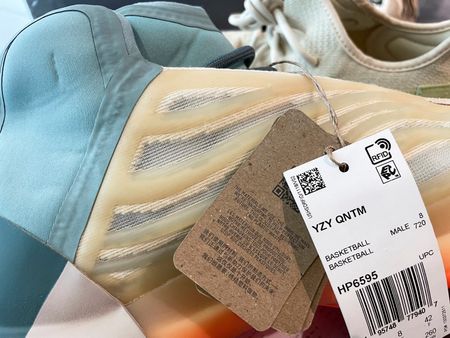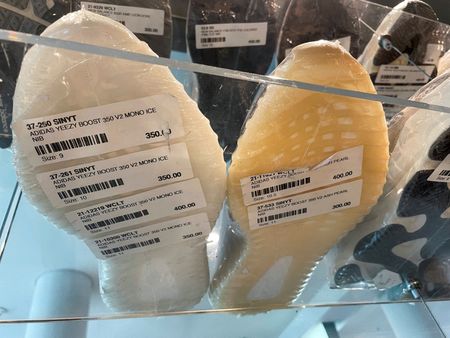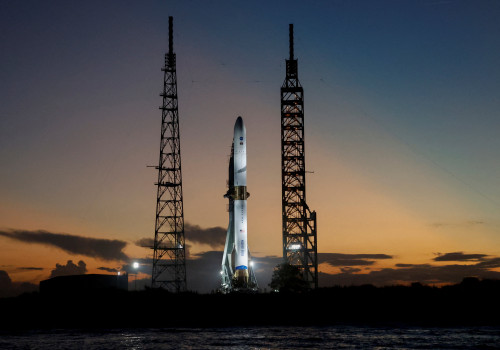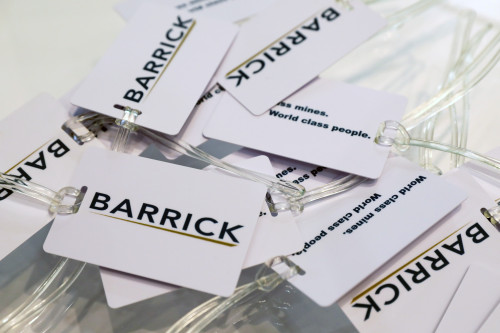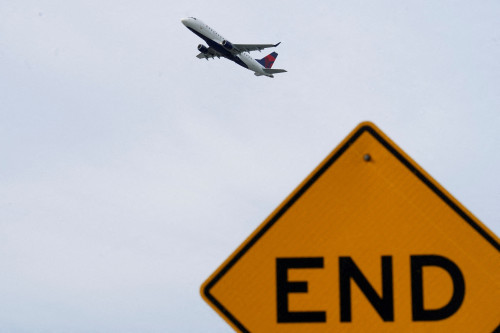By Helen Reid
LONDON (Reuters) – Adidas delivered further signs that its turnaround is gathering pace on Thursday as the sportswear giant seeks to shift focus onto its strategy and away from its sell-down of remaining Yeezy shoes.
Adidas shares have gained 40% since the start of the year as investors bet on CEO Bjorn Gulden’s ability to reboot the brand after it cut ties with Yeezy designer Ye, the rapper previously known as Kanye West, over his antisemitic comments.
While confirming that strong sales of Yeezy stocks have so far helped narrow a projected full-year loss, Adidas executives played down expectations for the next releases, saying it is difficult to predict demand for the shoes.
Adidas has to manage Yeezy drops very carefully, Gulden said, adding that the company’s guidance was conservative.
“Our task now is to limit the damage, get rid of the inventory, use the proceeds to (do) good stuff, and then build a business without Yeezy,” Gulden told reporters on a call.
The first Yeezy drop added two percentage points to gross margin for the quarter, Chief Financial Officer Harm Ohlmeyer said.
Adidas’ 2023 outlook does not include the second Yeezy release, which is being sold through retailers as well as Adidas’ own channels. JD Sports said it had started selling Yeezy shoes from the second drop on Wednesday.
Citi analysts expect further Yeezy drops to generate 1.5 billion euros ($1.64 billion) in revenues and 700 million euros in earnings after Adidas’ planned charity donations.
Adidas donated 10 million euros in the second quarter and set aside 100 million euros for further donations to charities including the Foundation to Combat Antisemitism and the Anti-Defamation League.
ADIDAS BRAND RECOVERY
As investors shift their focus to Adidas’ underlying business, UBS analyst Zuzanna Pusz said higher direct-to-consumer sales, even when stripping out the Yeezy boost, were a good sign.
“That gives you the indication the Adidas brand is doing better, it is inflecting, consumers are buying more product from Adidas’ own stores,” Pusz said.
Adidas said it plans to sell “terrace” shoes like the Samba and Gazelle in larger numbers, as it seeks to benefit from a trend for the low-rise rubber-soled shoes.
Sales of surplus Yeezy shoes generated around 400 million euros in the second quarter, helping Adidas reduce its predicted loss for the year to 450 million euros from the 700 million euro loss previously expected.
Adidas now expects currency-neutral revenues to decline at a mid-single-digit rate in 2023, from the high-single-digit rate previously estimated.
In Greater China, second-quarter sales grew by 16.4% in currency-neutral terms, an indication that efforts to tailor products to that market are starting to bear fruit.
“China, after a lot of negativity, is turning into something positive from the demand side,” Gulden said in a call with analysts.
Adidas has been increasing its focus on sports in China and sponsor more Chinese athletes. In June it signed 17-year-old Chinese breakdance athlete Liu Qingyi, and in July announced a collaboration with Shanghai-based fashion designer Shuting Qiu for a collection inspired by women’s football.
North America was the laggard, with sales dropping 16.4% in currency-neutral terms, which Adidas put down to high inventory levels there.
($1 = 0.9150 euros)
(Reporting by Helen Reid; Editing by Mark Potter, Jan Harvey and Alistair Bell)

